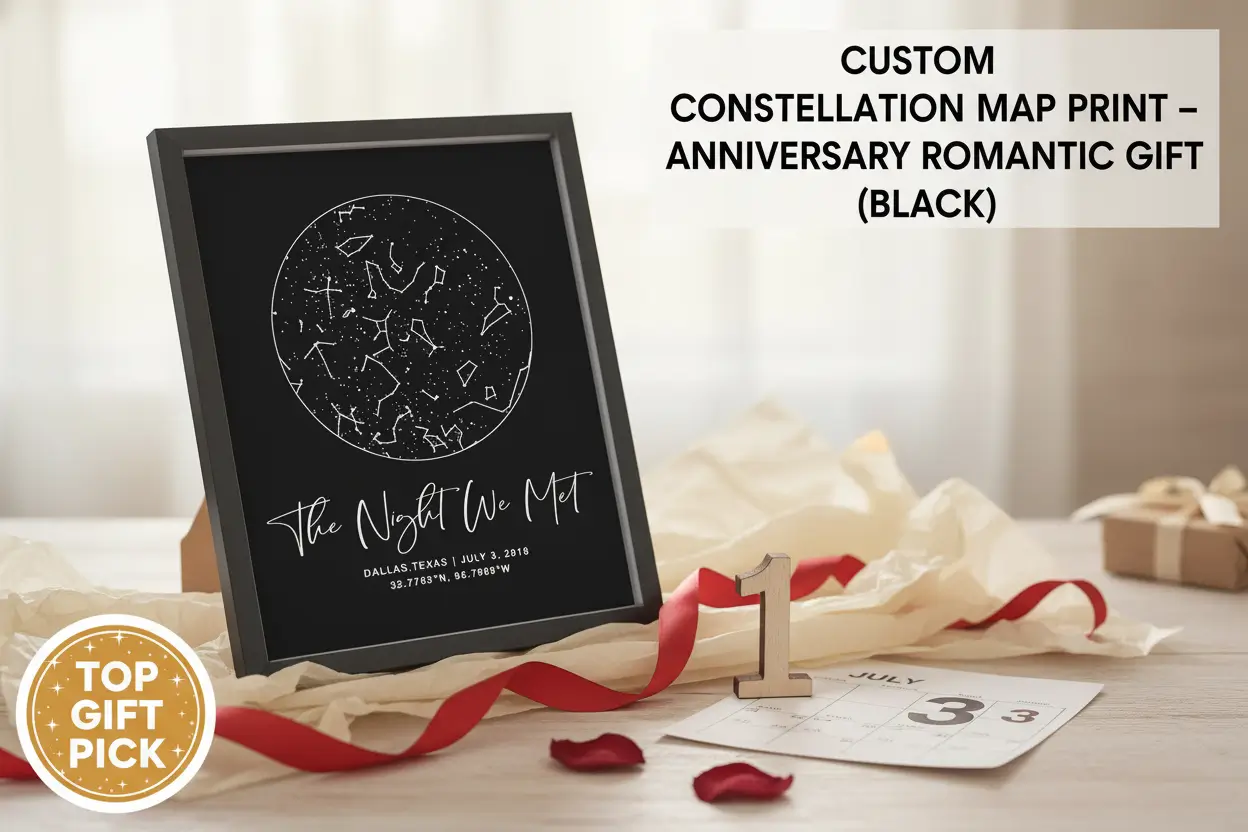Traditional Clothing and Fashion Across the Globe: A Cultural Odyssey
Traveling is not just about the places we visit or the sights we see; it’s about the stories we uncover. Each journey unfolds its pages, revealing vibrant cultures wrapped in colorful garments—clothing that carries with it the weight of history and the lightness of tradition. Imagine, for a moment, standing on a bustling street in Jaipur, the air rich with the scent of spices, and watching women drape the fabric of their saris like living art. Or picture yourself in the heart of Tokyo, enveloped in the delicate silk of a kimono. Traditional clothing isn’t merely fabric; it’s a tapestry of identity, history, and community. Let’s embark on this cultural odyssey, delving into the world of traditional attire from various corners of the globe.
India: The Sari and Beyond
For me, the first time I saw a sari, it felt as if time itself was woven into its fabric. The rich colors danced in the sunlight, each one more vibrant than the last, and I couldn’t help but be drawn into its story. Grounded in centuries of tradition, the sari is a versatile piece of clothing that can be styled in countless ways. This single drape of fabric—often up to nine yards long—becomes a magical garment that showcases a woman’s grace and the region’s cultural heritage.
The sari tells stories through its intricate weaves and motifs, many of which link back to personal and familial history. During my travels in India, I had the honor of attending a wedding where the bride wrapped herself in a red sari, radiant and adorned with gold embroidery, a color denoting prosperity and happiness. Beyond the sari, styles such as the salwar kameez—a combination of a tunic and pants—highlight India’s textile diversity, showcasing everything from local prints to luxurious silks.
Moreover, traditional dhoti pants worn by men have a charm of their own. I observed a group of elders in the small village of Rishikesh, seated in a circle, their white dhotis stark against the earthy hues of the landscape. Their laughter echoed like music, and in that moment, I realized the profound connection between attire and the soul of a culture.
Japan: The Kimono
When I stepped into a Japanese tea house wearing a kimono, I felt as if I had wandered into a different time—a world where simplicity and elegance intertwined seamlessly. Draped in silk, each kimono unfolds like a storybook, showcasing motifs inspired by nature, from cherry blossoms to koi fish, symbols of Japan’s deep-rooted respect for the seasons. The attention to detail is mind-boggling, with rich colors representing the four seasons.
Worn during significant milestones like weddings or the ceremonial Hanami, the wearing of a kimono is a ritual in itself. I remember learning to tie the obi, the wide sash encircling the waist, undertaking the task with a sense of reverence. Modern interpretations of kimonos have breathed a new breath of life into this traditional garment, showing how it can meld with contemporary styles seamlessly.
One evening, while walking through Kyoto, a gentle breeze rustled through the trees, carrying the delicate scent of cherry blossoms. I spotted a group of young women in casual kimonos, a vibrant rebellion against convention, laughing and twirling in the park. Their joy encapsulated the spirit of a culture that embraces tradition even as it evolves.
Scotland: The Kilt
Picture the rolling hills of Scotland, the crisp air filled with the sound of bagpipes. The tale of the kilt is as rich as the land itself. A ceremonial outfit steeped in history, the kilt represents a man’s clan and community. I remember witnessing the Scottish Highland Games, where men donned traditional kilts in various tartan patterns, competing with pride in strength and skill.
The moment a man in a kilt stepped onto the field, a murmuring crowd would erupt in cheers, showcasing the powerful connection this garment has with Scottish identity. The intricate patterns reflect clan heritage, transforming fabric into a vibrant representation of community spirit.
Just a few years ago, as I ventured into a quaint pub in Edinburgh, I struck up a conversation with the bartender. He wore a kilt emblazoned with his clan’s colors. “Each thread here carries a story of my ancestors,” he said, raising a glass of whisky in salute. This blending of heritage and modern flair reminded me that the kilt isn’t just a garment—it’s a bridge from the past to the present.
Food and Wine: The Cultural Fabric
Beyond clothing, the culinary traditions of various cultures often interweave with their traditional attire. In Italy, the joy of indulging in handmade pasta feels like being enveloped in their artisanal heritage as you savor each flavor. The regional differences in Italian cuisine reflect diverse backgrounds—think of the colorful pasta al pomodoro against the silky sheen of a kimono or the tartan of a kilt.
While living in Italy, I had the fortune to attend a local feast where much like the careful preparation of traditional attire, each dish was lovingly crafted. As we shared numerous dishes served on rustic wooden platters, I saw firsthand how food brings forth cultural stories, much like how traditional clothing does. Each dish told a story of the region, evocative of the lands the people cultivated, just as their attire reflected their identity.
Similarly, in Spain, the vibrant dresses worn during Flamenco performances evoke the passion of the dance itself—mimicking the rich flavors of paella and tapas that make the heart of Spanish culture. The song “Duende” resonates through the air, mirrored by the traditional attire of the performers, with their colorful skirts flowing like the movement of the dancers themselves.
Lifehacks for Embracing Traditional Clothing
Are you ready to dive deeper into the world of traditional clothing? Here are some nifty tricks to help you seamlessly incorporate these cultural garments into your travels while respecting their origins:
Research & Respect
Before you don traditional attire, immerse yourself in its history. Understanding the backstory adds richness to your experience. Ask locals about their garments. I learned so much through conversations, discovering how my hosts infused their attire with meaning.
Pay Attention to Wear
Each piece of traditional clothing often has specific occasions for wear. For example, a kimono isn’t typically worn casually but reserved for special events. This respect enhances your travel experience, allowing you to participate meaningfully in local customs.
Accessorize Wisely
Traditional clothing often comes with accessories that complete the outfit. Whether it’s a beautifully woven sash in India or a set of intricate jewelry worn with the kimono, embrace the full ensemble. This cultural attire is a form of storytelling—each piece matters.
Embrace Comfort and Fit
Don’t hesitate to tailor traditional garments to suit your style while ensuring comfort. Considering the wearer’s background and climate conditions can yield the best results.
Be the Storyteller
As you wear traditional attire, become an ambassador of cultural nuances by sharing stories with fellow travelers. A simple explanation of your outfit can break barriers and develop connections between diverse cultures.
Conclusion
Traveling invites us on an adventure of discovery—an exploration through the lens of traditional clothing and culture. Each garment expresses a palette of identity, stories, and the spirit of the land. From the elegance of the sari to the artistry of the kimono, we are reminded that clothing is a way to honor our heritage while embracing our present.
As you embark on your travel journeys, may you find threads of connection weaving through the fabrics of global fashion. Each style tells a story—yours awaits to be told.
Happy travels, and may your wardrobe become a tapestry full of vibrant experiences!
Interested in more insightful reads? Check out our Travel Tips section for the latest advice. For lifestyle inspiration, explore our Lifestyle category, and dive into amazing destinations at Destinations. Don’t forget to connect with us on YouTube, or follow our adventures on Instagram and Pinterest.













